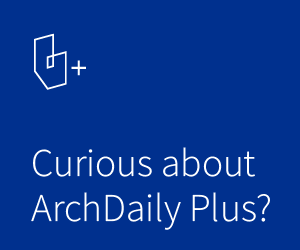
Architecture firm HWKN has been commissioned by Al Marwan Real Estate Development to design eleven distinct buildings for a new commercial neighborhood in central Sharjah, the third most populous city in the United Arab Emirates. The district, featuring offices, retail spaces, cafés, childcare and healthcare facilities, specialized institutes, and a mosque, has been fully researched, conceptualized, and planned using Artificial Intelligence (AI).

HWKN's District 11 project is located on Sheikh Mohammed bin Zayed Street (311), five minutes from Sharjah International Airport and Sharjah University City, and within walking distance of Al Zahia City Centre and the Al Zahia residential community. The development spans 3 million square feet and includes 11 buildings with 200 commercial units, aiming to attract professionals working in the area, residents from nearby neighborhoods, and visitors. The master plan draws on the firm's "Work Resort" concept, scaled to a neighborhood level. This approach integrates professional workspaces with resort-like amenities in a walkable urban environment.


Using what HWKN describes as a "reverse engineering process," AI-generated concepts were refined and translated into feasible architectural designs. The AI-driven process followed three key phases: exploration, articulation, and visualization. The resulting office buildings are organized on a grid, each with a distinct interior layout. Designs feature a mix of American-style open plans, compact European-style dimensions, and adaptable structures suitable for hotels or coworking hubs. A central public promenade runs east to west through the development, connecting the neighborhood's mosque with the adjacent residential area.
Related Article
UAE Pavilion Explores Conservation and Heritage for Future Applications in Expo 2025 OsakaThe AI-generated prompts guiding the design of District 11 were informed by HWKN's research into Sharjah's climate, cultural identity, and urban morphology. According to the firm, these factors influenced digital planning decisions related to massing, shading strategies, and spatial organization, particularly in addressing heat mitigation, collaboration, and walkability. The use of AI aimed to streamline research processes, simulate environmental and programmatic outcomes, and propose a new framework for the structure and social function of office neighborhoods in the Gulf region.


Other recent urban design projects include MAST's floating neighborhood concept for Rotterdam's disused Spoorweghaven dock, BIG and Dencityworks' design for a new mixed-use waterfront tower in Brooklyn, and Third Nature's regenerative masterplan for Greater Copenhagen. Earlier this year, RIOS and Field Operations unveiled a masterplan to transform Chicago's West Side and the United Center area into a mixed-use neighborhood, while Foster + Partners released images of the reimagined Old Trafford district, including the new Manchester United stadium.












